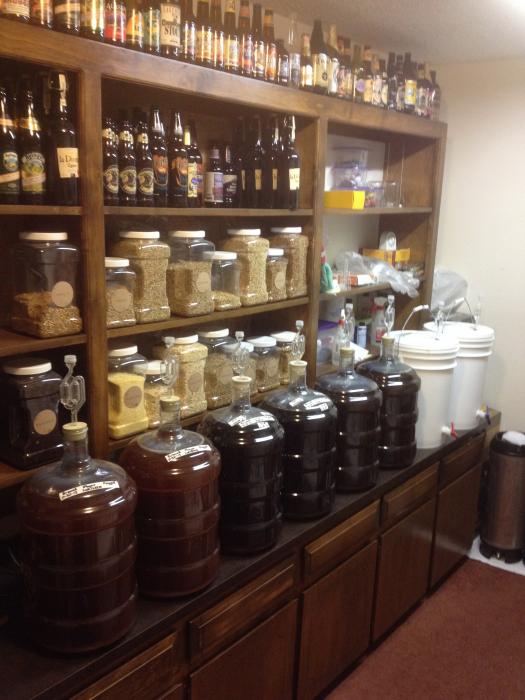I've read a lot of cons to racking to secondary unless you're actually fermenting in the second one. But my question is that if I rack it to a secondary wouldn't I be saving some of the otherwise lost beer.
Here's my thought process. I have a six gallon carboy with a healthy trub. If I transfer to a second, I can siphon from the bottom of the carboy and thus only take minimal amount of trub but a lot of the beer. If I rack to bottles from the primary than i'd probably rack from just above the trub in order to avoid it getting into my bottles. Is this correct? It is worth it? How much beer would I really be salvaging?
Sent from my iPhone using Home Brew
Here's my thought process. I have a six gallon carboy with a healthy trub. If I transfer to a second, I can siphon from the bottom of the carboy and thus only take minimal amount of trub but a lot of the beer. If I rack to bottles from the primary than i'd probably rack from just above the trub in order to avoid it getting into my bottles. Is this correct? It is worth it? How much beer would I really be salvaging?
Sent from my iPhone using Home Brew





